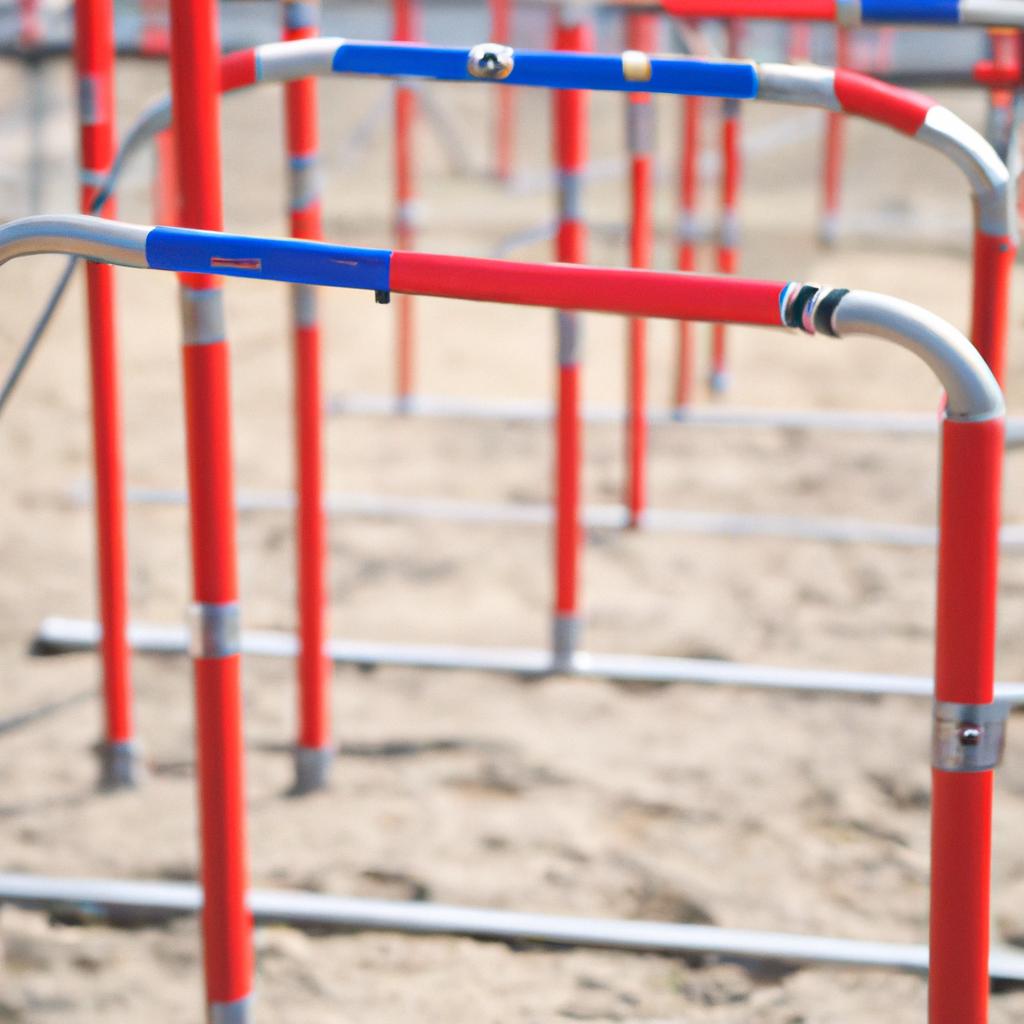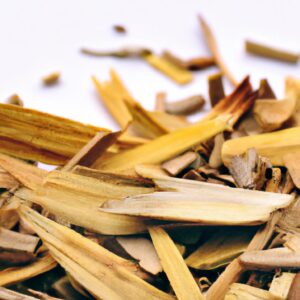**”The Role of Community in Building Resilience Through Parkour Training: How Support Networks Enhance Progress and Confidence”**
# The Role of Community in Building Resilience Through Parkour Training: How Support Networks Enhance Progress and Confidence
Parkour, often described as the art of movement, is more than just an impressive display of agility and strength; it’s a journey of self-discovery and resilience. As practitioners leap, vault, and climb, they not only overcome physical barriers but also mental ones. Central to this transformative experience is the role of community. In a sport that emphasizes personal growth and exploration, a supportive network can amplify progress, build confidence, and foster resilience.
## The Importance of Community in Parkour
### Shared Experiences and Learning
One of the most significant benefits of engaging with a parkour community is the shared experience it provides. Training in a group allows individuals to learn from one another, share techniques, and motivate each other. Whether it’s a beginner learning the basics of a roll or an experienced practitioner fine-tuning their technique, the communal environment encourages collaboration and camaraderie.
### Accountability and Motivation
A support network can bolster motivation, especially when one encounters setbacks. Parkour can be notoriously challenging; the fear of failing to land a jump or the frustration of not mastering a new skill can be discouraging. However, having a community means that practitioners are surrounded by individuals who understand these struggles and can offer encouragement. This accountability not only keeps individuals committed but also reinforces the idea that growth often comes through persistence and support.
## Building Confidence Through Community Engagement
### Celebrating Progress Together
In a parkour community, every achievement—no matter how small—is celebrated. This culture of recognition can significantly boost an individual’s confidence. Whether it’s landing a new trick or completing an obstacle course for the first time, sharing these victories with others helps reinforce a sense of accomplishment. The more individuals feel supported in their journeys, the more likely they are to step outside their comfort zones and take on new challenges.
### Overcoming Fear with Support
Fear is a common barrier in parkour training. The heights, the potential falls, and the physical demands can be intimidating. However, practicing with others can help mitigate these fears. When surrounded by supportive peers, individuals may feel more inclined to try difficult maneuvers or push their limits. The shared experience of facing fears together fosters resilience, encouraging each member to take risks that they might shy away from in isolation.
## Nutrition Tips for Optimal Performance
### Fueling Your Body
Training in parkour demands a lot from your body. Proper nutrition is essential for recovery and performance. Here are some nutrition tips to consider:
1. **Balanced Diet**: Incorporate a mix of carbohydrates, proteins, and healthy fats. Whole grains, lean meats, fruits, and vegetables provide the necessary energy for intense training sessions.
2. **Hydration**: Staying hydrated is crucial. Water helps maintain energy levels and supports muscle function. Aim to drink water before, during, and after your training sessions.
3. **Pre-Workout Snacks**: Consuming a small snack rich in carbohydrates and proteins, like a banana with nut butter or yogurt with fruit, can provide the energy needed for an intense workout.
4. **Post-Workout Recovery**: After training, focus on replenishing lost nutrients. A smoothie with protein powder, fruits, and spinach can be a quick and effective recovery meal.
## Exercise Advice for Progression
### Focus on Fundamentals
Before attempting complex moves, it’s essential to master the fundamentals. Start with basic movements such as rolls, jumps, and vaults. Building a solid foundation will not only enhance your performance but also reduce the risk of injury.
### Set Realistic Goals
Goal setting is crucial in any training regimen. With the support of your community, set achievable goals that push your limits without overwhelming you. Break larger goals into smaller, manageable steps to track your progress effectively.
### Incorporate Strength Training
In addition to parkour-specific training, incorporating strength training can improve overall performance. Focus on exercises that enhance core stability, such as planks, squats, and pull-ups, to build the necessary strength for parkour maneuvers.
## Health Benefits of Parkour Training
### Physical Fitness
Parkour training is an excellent way to improve physical fitness. It enhances cardiovascular health, builds strength, and increases flexibility. The diverse movements engage multiple muscle groups, leading to a well-rounded fitness routine.
### Mental Resilience
Beyond physical benefits, parkour fosters mental resilience. The challenges faced during training—both physical and psychological—strengthen problem-solving skills and the ability to cope with adversity. This resilience can transcend the practice of parkour and positively impact other areas of life.
### Social Connections
Lastly, training in a parkour community fosters social connections. Building friendships through shared interests can enhance emotional well-being and provide a sense of belonging, further boosting overall resilience.
## Conclusion
In conclusion, the community plays a pivotal role in the journey of resilience through parkour training. By fostering shared experiences, accountability, and motivation, a supportive network enhances individual progress and confidence. Coupled with proper nutrition, exercise advice, and the numerous health benefits of parkour, practitioners can cultivate not only physical prowess but also mental resilience. As you leap into the world of parkour, remember that you are not alone; your community is there to support you every step of the way.















Post Comment